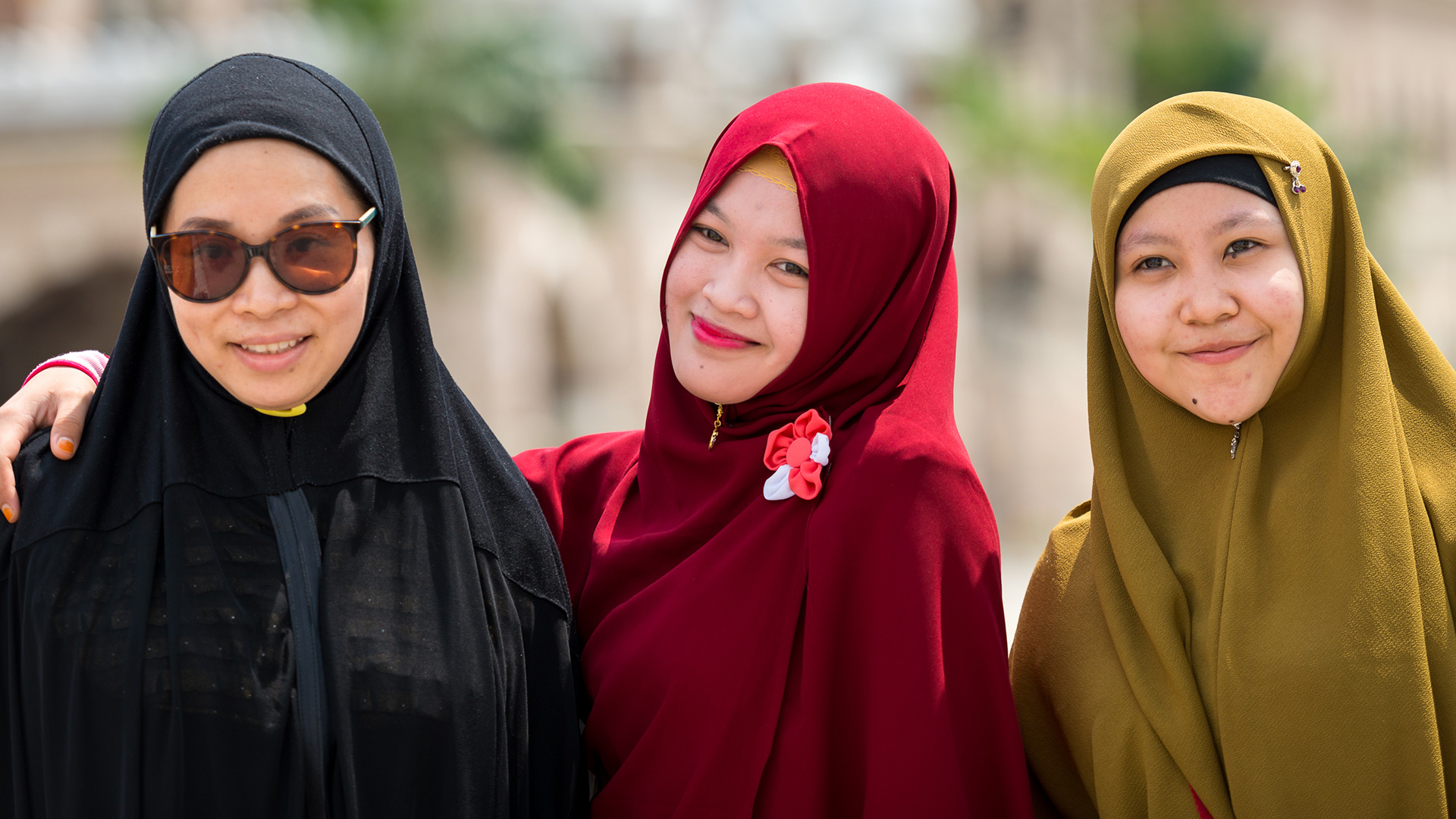Week 5
Fara Suiza
ASA141
April 27, 2019
 Clothing is often used by individuals as markers of their identity and the ethnic/religious groups they themselves with. In "Taste and Distinction Politics of Style" by Reina Lewis, she focuses on clothing such as the hijab which is commonly used amongst Muslim women and has origins connecting to the Islam faith. Although wearing a hijab for many Muslim women is a choice, often reflecting parts of their personalities or their personal commitments to their religion, Western fashion sees the hijab not so much as a choice for women, but rather, a tool for oppression. This view disregards the cultural and personal relationship women have with their traditional clothing. There were also veiling movements which were sparked by the Western view that full-face veils were further oppressing women, and therefore, needed to be removed. As Lewis states, "Veiling was dispensed with by women from Druze and Jewish communities too as part of a wider regional assertion of modernity" (Lewis, 166), meaning that ideas by the West dictated and negatively affected the view most people had for full-face veils such as the burka. Not because there is anything instrincically wrong with the clothing, but because the West deemed it as oppression.
Clothing is often used by individuals as markers of their identity and the ethnic/religious groups they themselves with. In "Taste and Distinction Politics of Style" by Reina Lewis, she focuses on clothing such as the hijab which is commonly used amongst Muslim women and has origins connecting to the Islam faith. Although wearing a hijab for many Muslim women is a choice, often reflecting parts of their personalities or their personal commitments to their religion, Western fashion sees the hijab not so much as a choice for women, but rather, a tool for oppression. This view disregards the cultural and personal relationship women have with their traditional clothing. There were also veiling movements which were sparked by the Western view that full-face veils were further oppressing women, and therefore, needed to be removed. As Lewis states, "Veiling was dispensed with by women from Druze and Jewish communities too as part of a wider regional assertion of modernity" (Lewis, 166), meaning that ideas by the West dictated and negatively affected the view most people had for full-face veils such as the burka. Not because there is anything instrincically wrong with the clothing, but because the West deemed it as oppression.This same sentiment is touched upon in the reading "National Colors" by Jonsson Taylor where--when talking about traditional ethnic clothing during the colonial era-- he mentions that ethnic-clothing was seen as backwards ("non-modern"). Just like the hijab, what was supposed to be dresses and clothing material meant to reflect one's culture and ethnic identity were both superseded by the notion of modernity created by the West / Western colonizers.
My question: In what ways is the West's interpretation of ethnic garments an extension of its colonial desires?
No comments:
Post a Comment